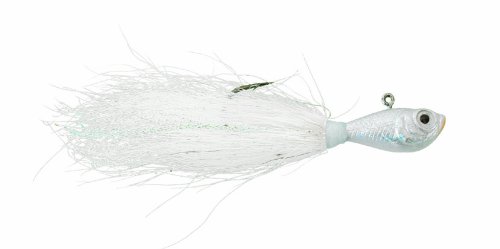Florida Largemouth Bass Spring Fishing
Spring has to be the most anticipated season of all for catching Florida Largemouth Bass. Especially for those of us living with cold winters where the snow doesn’t leave the ground until March and it can still snow well into April.
The excitement of the snow melting and the ice finally leaving the lake is many months away but Florida is just a few hours away by plane for many of us.
There’s lots of ways to pursue the Florida Largemouth Bass as it has such a large distribution. This is an incredible fish and known for having a large amount of energy and it’s ability to put up a big fight.
These fish can easily tire out any novice angler.
Bass are highly sensitive to sound vibrations and sense prey
- Florida Largemough Bass have large mouths and external lips that contain extremely sensitive taste buds. Sensitive nostrils can smell traces, in parts per million.
- Water temperature makes a difference too. Spring water temperatures are generally cooler so the bass tend to look for stiller waters that warm faster.
However, these fish are nearsighted. They don’t have eyelids and their iris is fixed in place making bright lighting a problem. They have poor vision to anything above the surface, though sudden movements can scare away the fish. They can also detect an angler standing tall in the boat.
The times to get on the water for Florida Bass Fishing
- is in the early morning
- evening before dusk
- at night about 30 minutes after dark
They’ll strike during the day, but you must appeal to their instinct of territory.
Replicate the sounds of injured fish and you increase your chances of catching more bass. Make sounds uncommon to their habitat and you’ll scare them away.
Anglers that use sonic lures must experiment with the lure until finding the distress signals resembling those of the common forage. An alternative to the sonic lure is to trigger a feeding reaction by clipping a portion of the tail of a bait fish, prompting it to elicit distress signals. While cruel to some, it’s no more cruel than putting a hook through the baitfish.
How to catch them
The key to catching any Largemouth, Florida or northern, is the technique used to cast the lure, reel it in and of course, where it’s cast.
- These fish prefer the cover of sunken logs, docks, rock outcrops and other protective environments where they’ll lay in wait to attack their prey.
- Cast towards river overhangs and where there’s a lot of sunken debris. Avoid using really expensive lures as you’re likely to need 1 or 2.
During times when they’re not feeding, cast a few feet away from them. You don’t want to scare them away, just enough to get their attention and appeal to their instinct to defend their territory. We want to provoke them to strike.
Don’t reel in too fast and aim to imitate their chosen prey’s natural movements. If the baitfish you’re mimicking is hanging out about 2 feet below the surface, then this is where you need to fish the lure.
Lures for Spring
Choose lures that closely resemble the bass’ natural food selections and matching the size to the fish found where you’re fishing.
Florida Largemouth bass quite often will take on large prey barely able to fit into their mouths. If you want to catch large bass, use large lures.
Just don’t go too big or you’ll end up with nothing.
Bucktail Jig
The action that this jig provides underwater is excellent. Work these jigs through weedy water to attract the bass, adding a worm or minnow to the hook.
Soft Plastic Jerkbaits
Fish these lures without any weight attached to them.
The soft plastic jerkbaits should be fished in weedy areas, the same as jigs.



